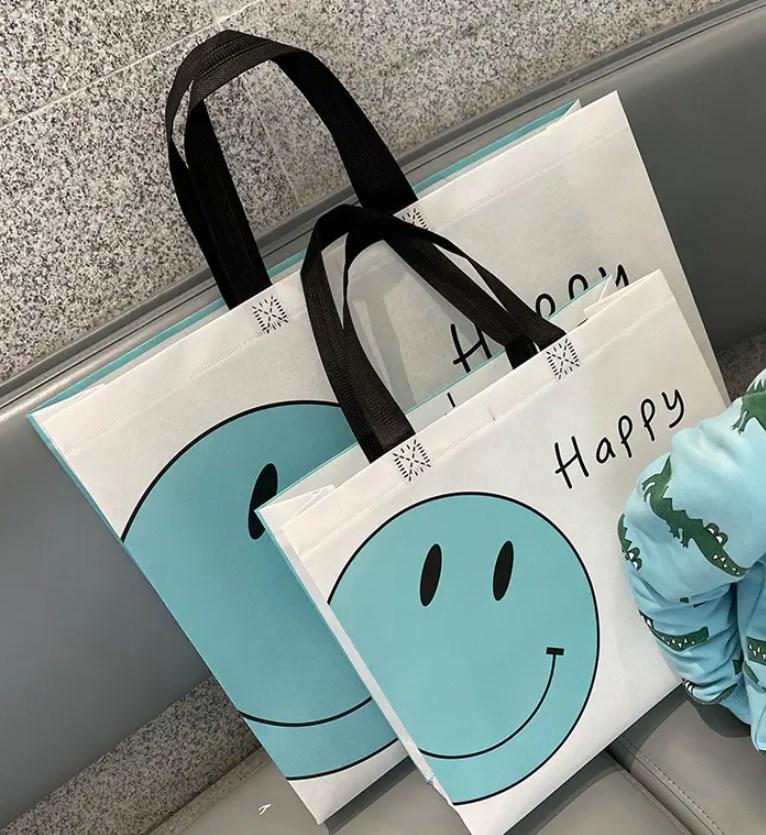Non woven white bag has emerged as a popular choice for various applications due to their versatility and eco-friendliness. These bags, made from a process that doesn't require weaving, are known for their strength and durability. However, one of the critical questions that users often ask is about the water resistance of non woven white bags. Understanding their waterproof is essential, especially for applications where the bags may come into contact with water or moisture.
The water resistance of non woven white bags is a complex characteristic that depends on several factors, including the type of fibers used, the manufacturing process, and the specific treatments applied to the finished product. Generally, non woven white bags are made from polypropylene or polyester, which are inherently hydrophobic materials. This means that they naturally repel water to some extent. However, the level of water resistance can vary significantly between different bags.
One of the primary factors affecting the water resistance of non woven white bags is the density of the fabric. Denser fabrics are less permeable to water, making them more resistant to moisture. Manufacturers can control the density of the fabric by adjusting the number of fibers used and the way they are arranged during the production process. A denser fabric will provide better protection against water, but it may also be heavier and less breathable.
Another important factor is the treatment of the fabric after it has been formed. Some non woven white bags undergo a process called lamination, where a thin layer of plastic is applied to the surface of the fabric. This treatment significantly enhances the water resistance of the bag, making it suitable for applications where the bag will be exposed to water or moisture for extended periods. However, lamination can also make the bag less eco-friendly, as it becomes more difficult to recycle.
The stitching process also has an impact on the waterproof performance of non woven white bags. If the seams are not properly sealed, water may penetrate the bag. Therefore, high-quality stitching is essential to maintain the waterproof performance of the bag. Some manufacturers use heat sealing technology to ensure that the seams are completely waterproof, while others may use waterproof thread or tape to enhance the waterproof performance of the seams.
In addition, the waterproof performance of non woven white bags is also affected by the environment in which they are used. For example, in rainy or humid environments, even the most waterproof bags may need additional protection, such as a cover or waterproof coating, to prevent moisture from penetrating. In dry environments, the waterproof performance of non woven white bags may not be a problem, but in humid environments, this is particularly important.
Overall, the waterproof performance of non woven white bags is a question that requires comprehensive consideration of multiple factors. Although these bags generally have some waterproof capabilities, their waterproof performance can vary greatly depending on the material, manufacturing process, and use environment. When choosing a non woven white bag, users should consider their specific needs and the expected use environment to ensure that the selected bag can meet their waterproof requirements. By understanding the factors that affect the waterproof performance of nonwoven white bags, users can make more informed choices and choose the bag that best suits their needs.



